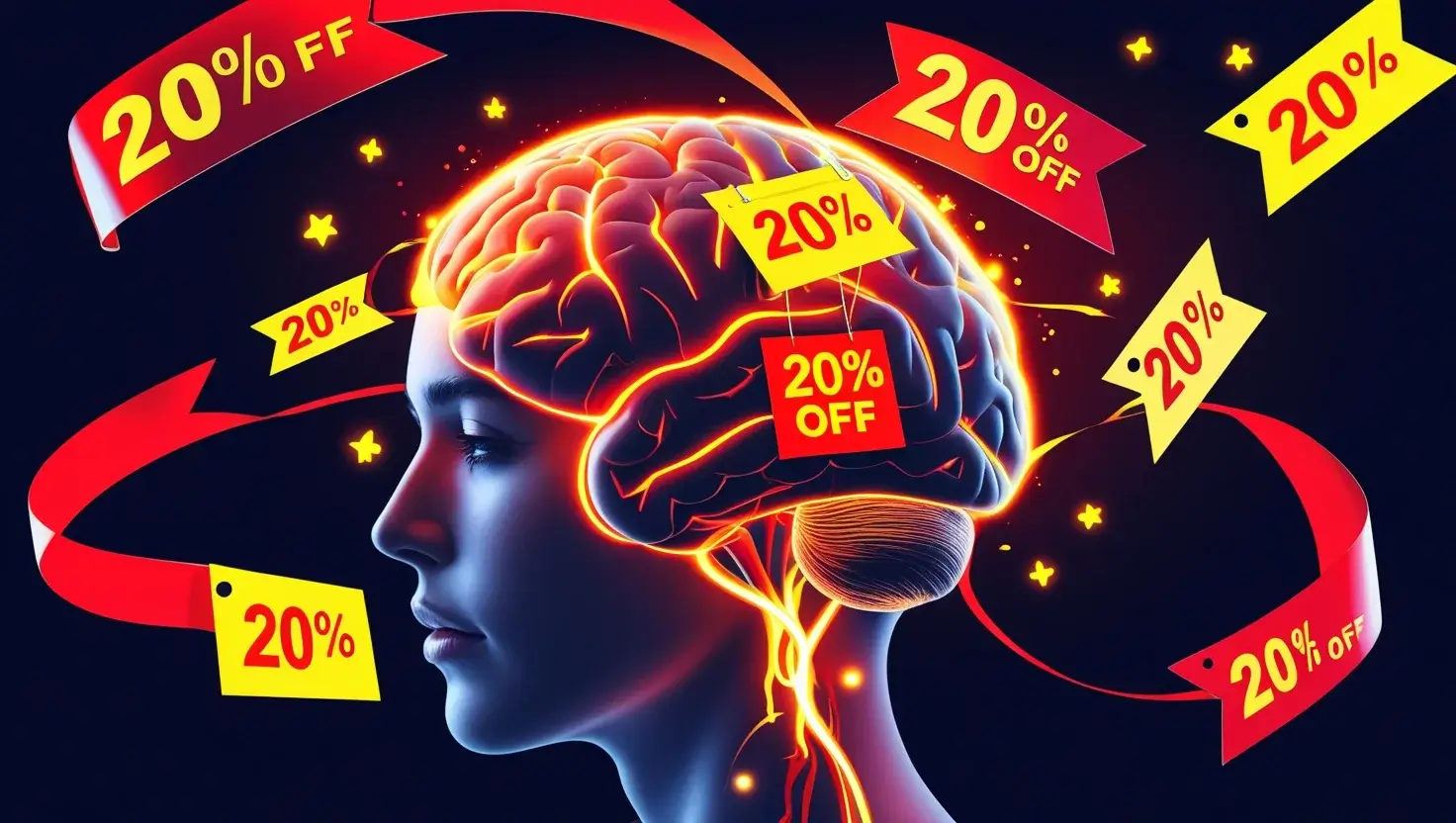
We’ve all been there—scrolling through an online store or
standing in a shop aisle, and suddenly a big red tag catches our eye: 20%
OFF. Instantly, the product feels more attractive, and our urge to buy
increases, even if we didn’t plan on purchasing it in the first place. But why
does this happen? What makes a discount so hard to resist? The answer lies in
psychology, marketing strategies, and how our brains perceive value.
At its core, shopping discounts trigger an emotional
response. When we see a reduced price, our brain releases dopamine, the
chemical responsible for feelings of reward and pleasure. The idea that we are
saving money makes us feel smart and successful, even if the “saving” is not as
significant as it appears. That’s why a simple 20% off sign can spark
excitement and push us toward a purchase.
One of the strongest psychological tricks behind discounts
is something called anchoring. When we see the original price of an
item, it sets a mental benchmark. For example, if a jacket is listed at $100
but then marked down to $80, the original price becomes the “anchor.” Even if
$80 is still more than we planned to spend, it suddenly feels like a great deal
because we’re comparing it to $100, not to our actual budget.
Discounts often come with phrases like “Limited Time
Only” or “Hurry, Only 3 Left!” These strategies tap into our fear
of missing out (FOMO). When we believe that an opportunity might disappear,
we act quickly without overthinking. A 20% discount paired with urgency creates
a powerful psychological push that makes us buy faster than we normally would.
Another reason discounts feel irresistible is social
proof. If we see others taking advantage of a deal, we are more likely to
follow. Think about how fast items sell out during big sales events like Black
Friday. We assume that if so many people are rushing to buy, then the discount
must truly be worth it. This herd mentality reinforces the idea that discounts
equal value.
Discounts also give us a way to justify spending money. For
example, you might convince yourself, “I didn’t waste money, I saved 20%!”
This self-justification makes the purchase feel responsible, even if it wasn’t
necessary. Retailers know this and use it to create a sense of guilt-free
shopping.
Interestingly, not all discounts are equally effective.
Research shows that numbers like 20% or 30% often hit the sweet spot. They’re
big enough to feel significant but small enough to appear realistic. A 5%
discount doesn’t excite us, and a 70% discount can make us suspicious. But 20%?
It feels believable, attractive, and just enough to trigger action.
The next time you see a 20% off label, take a moment to
pause. Ask yourself: Do I need this, or am I reacting to the psychology of
discounts? Understanding how marketing strategies influence our decisions
can help us shop smarter, avoid overspending, and truly take advantage of
savings.
If you want to discover genuine deals that save you money
without falling into marketing traps, check out Trandy Reviews for the
latest discounts and offers that are worth your attention.